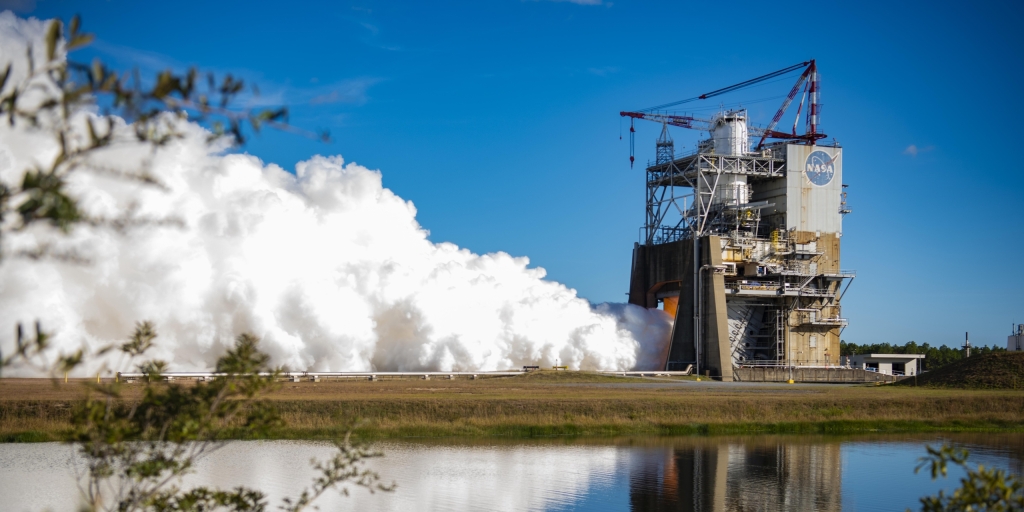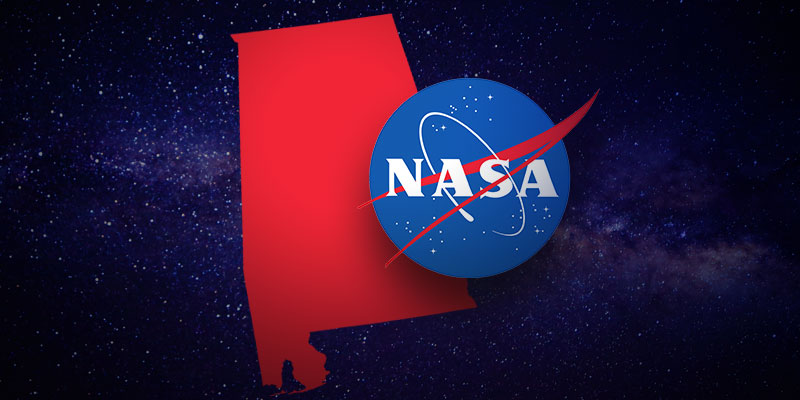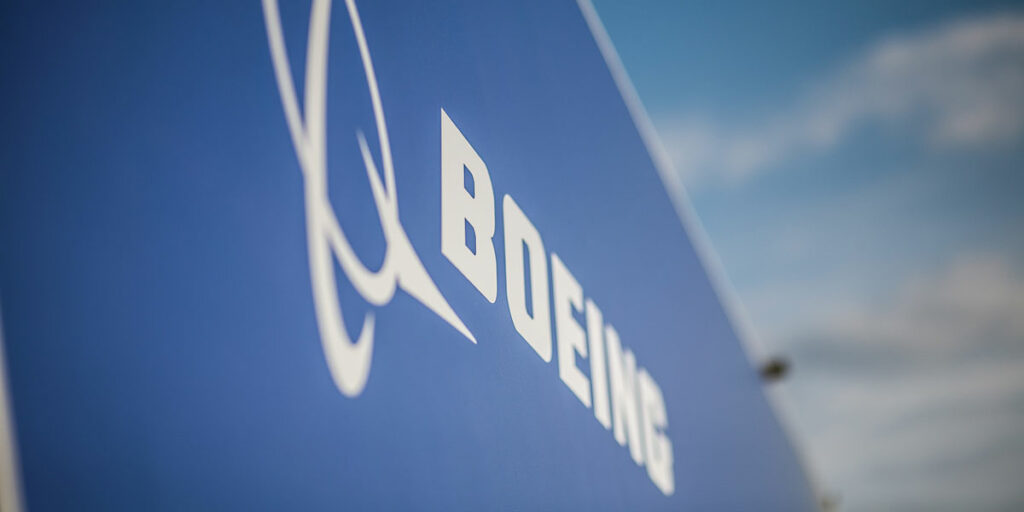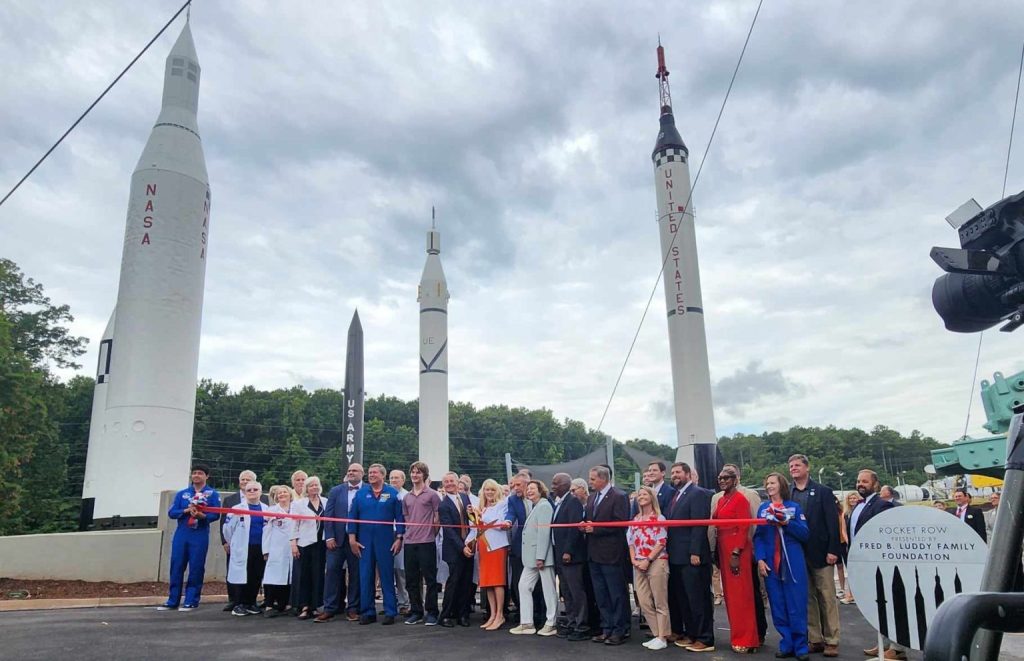NASA this week resumed Green Run testing activities on the first Boeing-built core stage of its Space Launch System (SLS) rocket, with the return of limited crews to perform work at the agency’s Stennis Space Center in Bay St. Louis, MS.
While some progress has continued remotely on the core stage, NASA in March suspended operations at Stennis and Michoud Assembly Facility in Louisiana in response to the ongoing coronavirus (COVID-19) pandemic.
“This is an important step toward resuming the critical work to support NASA’s Artemis program that will land the first woman and the next man on the south pole of the Moon by 2024,” Stennis Center Director Rick Gilbrech said in a Thursday statement.
“Though Stennis remains in Stage 4 of NASA’s COVID-19 Response Framework, we assessed state and local conditions and worked with agency leadership to develop a plan to safely and methodically increase critical on-site work toward the launch of the next great era of space exploration,” he continued.
Stennis moved to Stage 4 on March 16, with only personnel needed to perform mission-essential activities related to the safety and security of the center allowed on site.
Alabama’s aerospace industry has led the effort to build the SLS, which stands 212 feet high and 27.6 feet in diameter..
Boeing is the core stage lead contractor, and Aerojet Rocketdyne is the RS-25 engines lead contractor. The SLS program is managed out of NASA’s Marshall Space Flight Center in Huntsville, while Boeing’s Huntsville-based Space and Launch division manages the company’s SLS work.
SLS is the most powerful rocket in world history and the only rocket that can send the Orion spacecraft, astronauts and supplies to the moon in a single mission.
Marshall Space Flight Center and New Orleans’ Michoud Assembly Facility, which has spearheaded the physical construction of SLS, also are in Stage 4.
Before NASA suspended SLS operations at Stennis in response to COVID-19, Boeing and the agency had been putting the first core stage through a months-long series of “Green Run” tests in Mississippi. The stage, designated for the uncrewed Artemis I mission, includes the largest rocket propellant tanks in existence, new computers and new flight software.
The Stennis team had been approaching avionics power-on – a test of the computer, routers, processors, power and other boxes and software that control the stage’s functions and communications.
“The test facility has been in standby mode, so we allotted two days to reestablish some facility support of mechanical and electrical systems that will also assist the vehicle contractors in performing their operations,” explained Barry Robinson, project manager for the B-2 Test Stand SLS core stage Green Run testing at Stennis.
NASA in a release outlined that reestablishing, or “waking up,” the Stennis B-2 Test Stand systems in the days ahead includes restoring facility power and controls, as well as ensuring pressurized gas systems are at proper levels for SLS operators to proceed with testing activities.
“Michoud has been cleaning and preparing the rocket manufacturing facility for critical production restart of the SLS core stage and the Orion capsule,” advised Michoud Director Robert Champion.
According to Julie Bassler, SLS stages project manager responsible for the core stage work at Stennis, Michoud and Marshall, Marshall also is resuming critical flight software and hardware testing.
Returning workers were trained on general safety procedures, personal protective equipment requirements and self-monitoring. Site personnel also installed signs and markings to indicate where employees should stand and sit during upcoming activities.
“We want to make sure employees are armed with the appropriate information to be effective on the job and return safely to their families,” Robinson added.
All sites are closely following CDC guidance to safely operate and protect the health and welfare of all employees. Michoud plans to transition to Stage 3 and operate in that stage for 30 days, in coordination with local government plans. Marshall remains at Stage 4 at this time.
Stennis plans for 30 days of limited crew activity on site in anticipation of the center’s transition from Stage 4 to Stage 3. Once that transition occurs, increases to on-site work will continue slowly and methodically. The focus then will shift to preparing for the avionics power-up test.
According to Robinson, it is still too early to calculate a precise schedule for the various test milestones.
“Like so many others, in so many places, we’re operating under a new normal. We’re working now to determine exactly what that looks like,” he stated. “The virus, and our knowledge of safety as it relates to the virus, will dictate any changes we consider and implement. We will adjust tasks based on the most current information and guidance.”
Green Run represents the first top-to-bottom integrated test of all flight core stage systems prior to its maiden Artemis I flight. All testing will be conducted on the B-2 Test Stand in the coming months and will culminate with an eight-minute, full-duration hot fire of the core stage with its four RS-25 engines, as during an actual launch. This will come before the stage is refurbished and delivered to Kennedy Space Center in Florida. There, it will be integrated with its Interim Cryogenic Upper Stage and NASA’s Orion spacecraft for a mission around the moon and back.
SLS is part of NASA’s backbone for deep space exploration, along with Orion and the Gateway in orbit around the moon.
North Alabama also will play a leading role in some of these other components of Artemis, including the lunar Gateway and the new Human Landing System. Historic contributions to America’s space prowess are being made by several private sector partners in the Yellowhammer State, such as United Launch Alliance (ULA), Boeing and Dynetics.
RELATED: Alabama’s Dynetics to design Human Landing System for NASA
Sean Ross is the editor of Yellowhammer News. You can follow him on Twitter @sean_yhn













